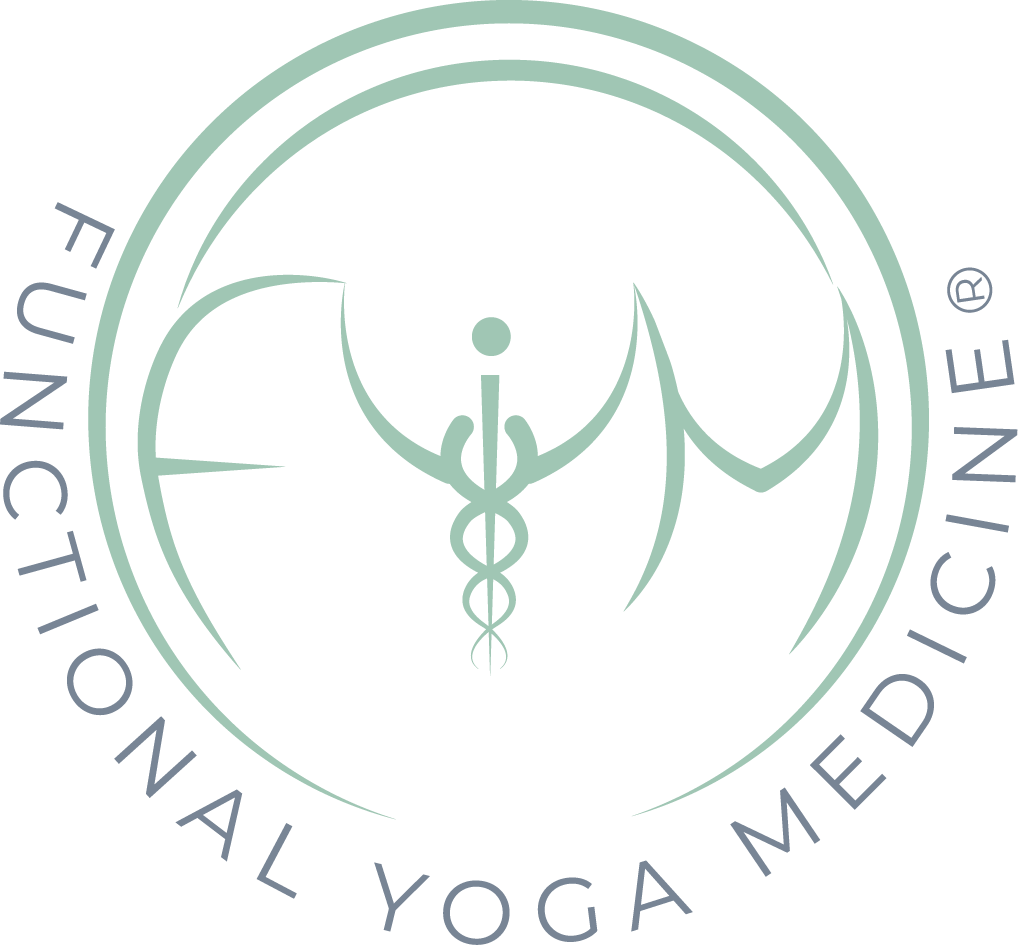Food Sources of Vitamin B1
Vitamin B12 is required for proper red blood cell formation and neurological function. It is bound to the protein in food and is released by the activity of hydrochloric acid and enzymes in the stomach. Those with low amounts of hydrochloric acid in the stomach will have a poor absorption of vitamin B12.
The RDA for Vitamin B12 is 2.4 mcg for adults. RDA for infants up to age 13 varies from 0.4 to 1.8mcg. Vitamin B12 is only found in animal products with a small amount found in nutritional yeast. Fortified foods may also be a source for vegetarians.
Meat and fish, cooked Amount in Micrograms (mcg)
- Clams 3 ½ oz. 98.9
- Tuna 3 ½ oz. 10.8
- Liver, beef 3 ½ oz. 9.4
- Sardines 3 ½ oz. 8.9
- Rainbow trout 3 ½ oz. 6.3
- Salmon, wild 3 ½ oz. 5.0
- Snapper 3 ½ oz. 3.5
- Haddock 3 ½ oz. 2.1
- Shrimp 3 ½ oz. 1.6
- Beef, sirloin 3 ½ oz. 1.5
- Liver, chicken 3 ½ oz. 1.3
Dairy products and egg
- Yogurt, plain, nonfat 8 oz. 1.38
- Milk, nonfat 1 cup 1.23
- Milk, whole 1 cup 1.10
- Swiss cheese 1 oz .95
- Egg, raw 2 .90
- Yogurt, plain, full fat 8 oz. .84
- Cottage cheese, 1 % ½ cup .71
- Egg, cooked 2 .70
- Feta cheese 1 oz. .48
- Muenster cheese 1 oz. .42
- Ricotta, part skim ½ cup .36
Miscellaneous
- Nutritional yeast, Red Star powder 1 tsp 1.0 (fortified)
- For more information, visit alkalinewellness.com
